There are 232 kinds of ingredients in a bottle of soda?You can see the label of the drink to avoid "pit" perfectly
Author:Jinan Times Time:2022.09.19
Many children like to drink drinks, and parents are willing to buy them on the premise of ensuring health.
What should I see before buying a drink? It is estimated that most people will blurt out and out of the "ingredients". But do you really know what should be on the table?
Recently, there is a bubble water on the market that it has more than 200 ingredients! Do you dare to give your children to drink such a drink?
A bottle of drink contains 232 ingredients
The news of "a beverage ingredient table labeled 232 ingredients" appeared on the hot search, which caused heated discussion among netizens.
According to the ingredient table, it contains a variety of fruits and vegetables, and various ingredients occupy the area of most of the bottle body.
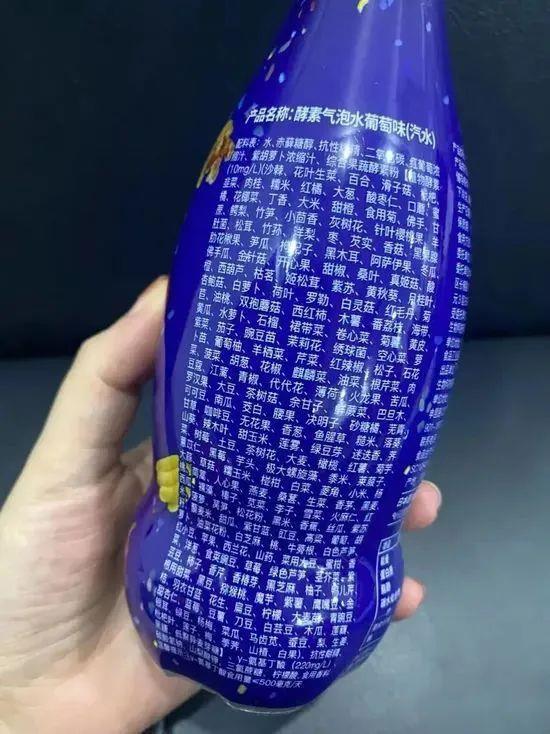
Among these two hundred ingredients, in addition to the fruits and vegetables such as red oranges, sweet orange, kiwi, radish, tomatoes, cucumbers, etc. in the drink, ingredients such as green onions, enoki mushrooms, cumin, red pepper, peppercorns, etc. are also put in.
Some netizens joked that this drink "moved to a whole vegetable market" and "a bottle of beverages included a botanical garden."
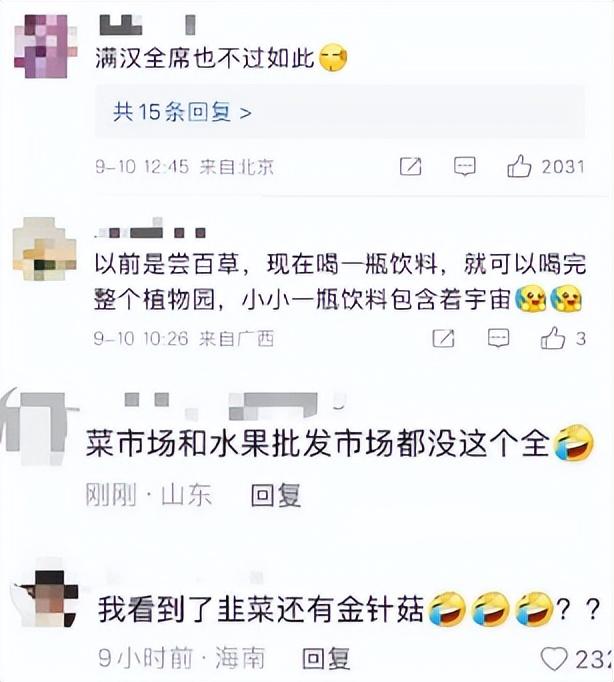
The product is eye-catching on the "232 plant enzymes", "0 sugar 0 fat 0 energy", "(GABA) Y-aminobutyric acid", etc., and the price exceeds ordinary ordinary air bubbles.
Some netizens were attracted by this outrageous ingredients. They bought it and tasted it.
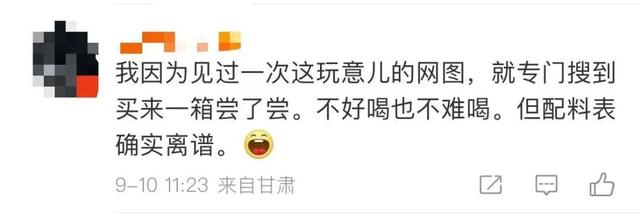
The names of these ingredients are the category of "comprehensive fruit and vegetable enzyme powder" in the ingredient table, with an additional amount of 5mg/L.
The product side said that they added a kind of enzyme powder containing 232 plant elements, which were not really added with 232 plants.
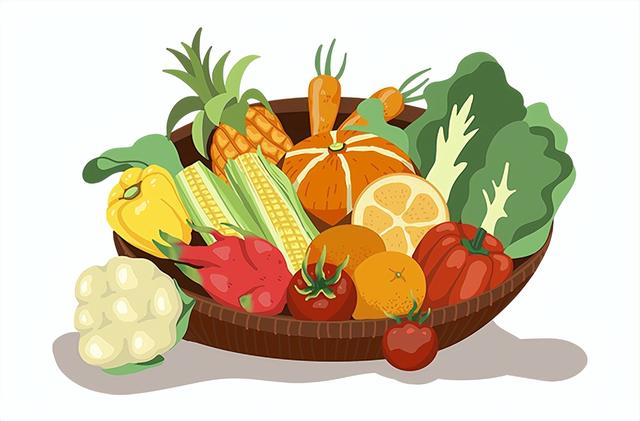
Experts suggest that when buying such "enzymes" products, you should pay attention to controlling daily intake. It is generally recommended to be 500 ~ 1000 ml a day. Excessive drinking can easily cause diarrhea or allergies. It is also necessary to pay attention to the timing of drinking. Drinking before meals will dilute gastric juice and affect meals, and drinking half an hour after meals can help digestion. People with weak gastrointestinal function are not suitable for drinking a lot.
The beverage ingredient table should be "opened" like this
Today, drinks on the market are full of beverages, including fruit and vegetable juice beverages, protein beverages, carbonated drinks, tea beverages, and so on. When parents buy for their children, it is particularly important to get used to check the product ingredients.
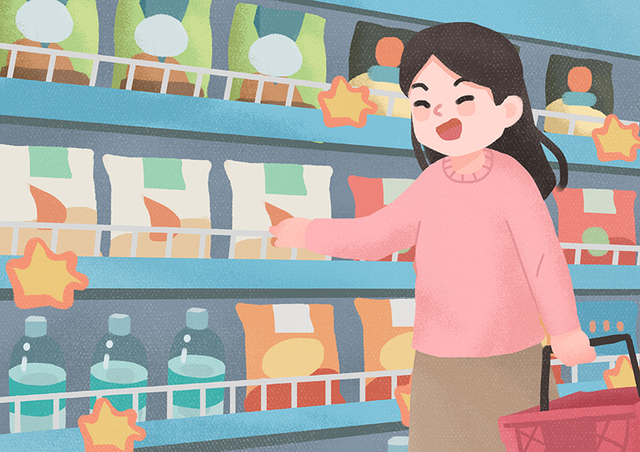
The ingredient table is a description of nutritional information and characteristics of food. Food companies correctly marked the ingredients tables to avoid exaggerating publicity, and at the same time protect consumers' right to know. There will be no ingredients in the ingredients table but not marked, and if there are, it is illegal.
We can understand the nutritional ingredients and characteristics through the ingredients of the beverage, and the correct selection suitable for drinks that are suitable for we need ↓↓
See the order order of the ingredients
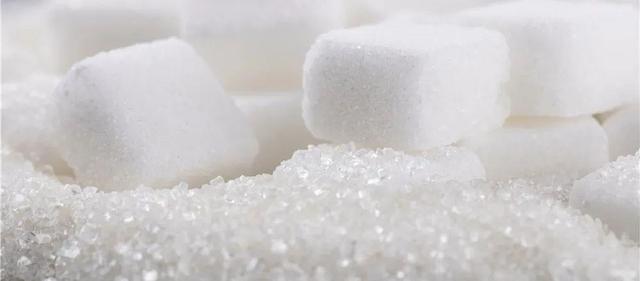
Whether you choose a drink or other foods, check the first three main ingredients in the ingredient table.
According to the GB7718 "Pre -packaging Food Tags", the order of the ingredient table should be arranged from more to less according to the amount of ingredients, that is, in the ingredient table, the higher the content of the ingredients, the higher its content.
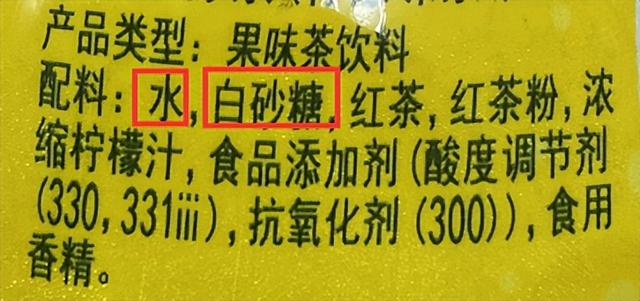
If we see a drink, the first place in its ingredients is water and the second place is white sugar, then no matter how loud the brand is and how powerful the function is, it is actually a bottle of sugar water.
When the contents of the ingredient table are too many, it is indicated that the drink or food is likely to be deeply processed and should choose carefully.
Second, look at food additives
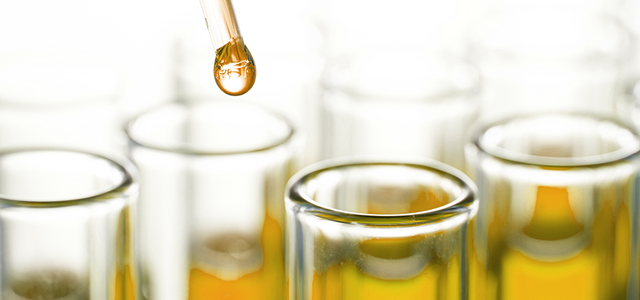
Food additives used in accordance with national norms are safe, and some are even extracted from natural fruits and vegetables. However, in order to ensure the health of children, some food additives still eat less or try not to eat.
Trans fat
Prosperous fat is not easy to digest and absorbed, and long -term accumulation may lead to obesity. Generally, artificial cream, artificial butter, fat planting, plant cream, hydrogenated vegetable oil, album cocoa and so on. If there are the above ingredients, try not to choose.
Artificial sugar
Artificially added sugar, cotton sugar, sugar, sucrose, brown sugar, brown sugar, fructose, corn syrup, malt syrup, maple syrup, fructose syrup, high fruit syrup, concentrated fruit juice, glucose and so on. In the ingredient table, the higher the sugar ranking, the higher the sugar content.
The World Health Organization stipulates that the daily artificially add sugar intake should not exceed 50g at most, it is best to control below 5%of the total energy of the day.
preservative
The most commonly used preservatives in beverage are sodium benzoate and potassium sorbate. Compared with sodium benzoic acid or sodium benzoate, potassium pear acid is more safe. It can be quickly absorbed and decomposed by the human body's metabolic system into carbon dioxide and water, without residual in the body.
Due to the iteration of the process, many drinks on the market have achieved "0 preservatives". Parents can pay attention to the ingredients table when buying.
Sweet agent
Sweetter mainly appears in some beverages marked with "sugar -free" and "0 sugar". There are natural sweeteners, artificial sweeteners and sugar alcohol sweeteners.
It should be noted that artificial sweeteners contain high -power sweetness (hundreds of times of sucrose), and generally sweet flavors will stay in the mouth for a long time. Common ones are sugar, Asba sweet, chlorine sucrose (sucrose), sweetin, Ansai Mi and New Tian.
At present, the beverage market is more recognized as sugar alcohol sweeteners, such as lignol, sorbol, moss, maltol, glycotol, lactatol, etc.
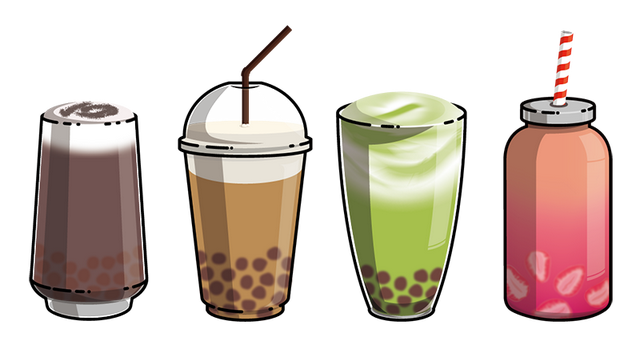
These concept misunderstandings must be distinguished
With the improvement of health awareness, many parents will worry more about the sugar, heat and fat, etc. when choosing a drink for their children, and have launched the market on the market. How to distinguish drinks? "0 sugar" is not without sugar
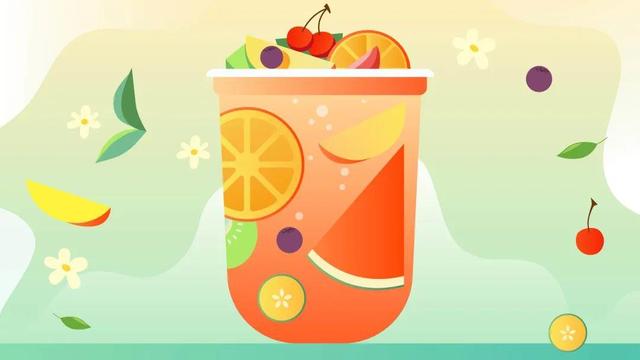
"Sugar -free" and "low sugar" beverage refers to the content of carbohydrate or sugar in the beverage than a certain limit value. According to my country's standards, the sugar content is less than 0.5 grams/100 ml, which belongs to "sugar -free" food, which is less than 5 grams/100 ml, which is "low sugar" food.
"0 energy" is not without energy
In my country's nutritional label standard, it claims that "0 energy" is required. When the energy in food is less than 17 thousand coke/100 grams (solid) or 100 ml (liquid), it can be claimed to be "0 energy". In other words, a drink marked "0 energy" does not mean that there is really no energy in the beverage. It is only low in content, and its intake of the impact on human nutrition is insignificant.
"100%fruit juice" is "restoration fruit juice"
Many beverages indicate "100%fruit juice" or "pure fruit juice" on the packaging, but if you look closely at the ingredient table, it is found that the concentrated juice of water and certain fruits is basically written on it. The exact name of this fruit juice should be "restoration fruit juice", which is a fruit juice for concentrated fruit juice and water. Therefore, 100%juice is not equal to primary juice, but it does not add other ingredients, such as white sugar, food additives and other substances.
In addition, the "fruit juice" and "fruit beverage" are only the difference, but the difference between the two is still very large. The fruit juice content of fruit juice beverages must be at least 10%; and fructic beverages are made of sugar, sweeteners, acidic tastes and edible flavors. Its taste is mainly matched with flavors. Few, even a little juice.
"Protein drink" may not be high protein
In the market, there are diverse types of plant protein beverages, such as almond dew, walnut dew, coconut juice and soy milk. The protein content in plant protein beverages is not less than 0.5%, and the protein content of protein per 100 ml of beverages is generally labeled about 0.6 ~ 1.0 grams. If you want to claim a "high protein" drink, the protein content per 100 grams of beverages should be greater than or equal to 12 grams. Under normal circumstances, plant protein drinks may not meet the "high protein" requirements.
If we can study more before buying drinks, we will find that the gap between each drink is still very large, and the ingredient list can help precise purchase.
Of course, for children, it is not recommended to drink any drinks. From a health perspective, drinking white water and mineral water in daily life is the best choice.
Source: Capital Education
Edit: Liu Yuhong
- END -
It's getting angry recently!Drink coffee like this, double refreshment?Doctor's reminder
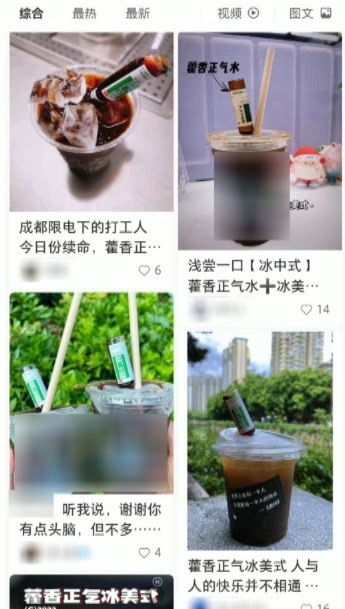
recentlyStranging on the InternetThe wave of Huoxiang Zhengqi Bing ChineseThe so -...
On September 3, Fujian local 0 new increase
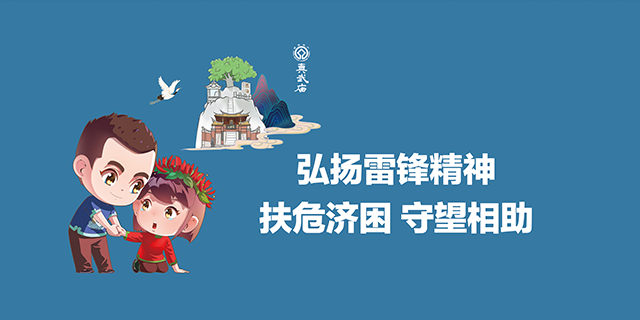
This morningFujian Province Health and Health Commission reportThe epidemic situat...